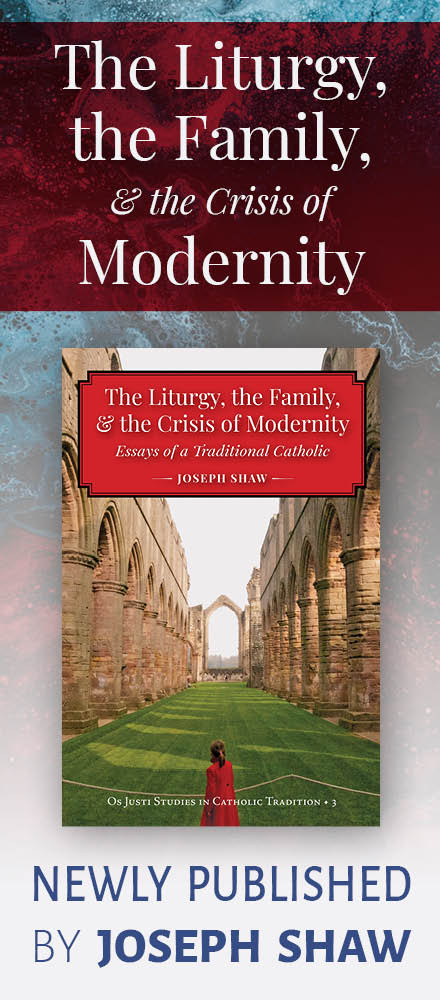 On Sunday I took the opportunity to visit St John Cantius in Chicago, IL, a church which I have posted about before but never until now had the chance to visit. On the front of the church, large letters spell out 'Ad majorem Dei gloriam', to the greater glory of God, a phrase which always reminds me of the Cardinal Vaughan School, a unique and remarkable school in London where I directed the Schola for many years; the boys there used to write the abbreviated form A.M.D.G. at the end of every piece of work.
On Sunday I took the opportunity to visit St John Cantius in Chicago, IL, a church which I have posted about before but never until now had the chance to visit. On the front of the church, large letters spell out 'Ad majorem Dei gloriam', to the greater glory of God, a phrase which always reminds me of the Cardinal Vaughan School, a unique and remarkable school in London where I directed the Schola for many years; the boys there used to write the abbreviated form A.M.D.G. at the end of every piece of work. The exterior of St John Cantius, named for a Polish Saint, belies the interior of the church which quite literally took my breath away, overwhelmingly beautiful, lovingly restored, the sweet smell of incense serving to emphasise the sacred purpose of the church. As I entered, the Pastor, Father Frank Phillips, was addressing a group of children, explaining the meaning of various signs in the church, in particular those on the wooden inlaid floor. He spoke to them in understandable terms yet without speaking down to them. Along both sides of the church were lines of people waiting for confession. The pews were filled with people in silent prayer, both preparing for Mass and having been to Mass. The words over the Altar are most apposite: Domus mea domus orationis est.
I attended both the 11am and the 12.30pm Masses, the first of which was a Novus Ordo Mass in Latin, the second of which was a Tridentine Mass, the sanctuary filled with a number of seminarians visiting from Detroit. (In addition there is a Tridentine Low Mass at 7.30am and a Novus Ordo Mass in English at 9am, so you might say that the whole spectrum is covered.) The Liturgy was magnificent at both Masses with the Chant Propers sung by the wonderful Schola, and at the Extraordinary Form Mass there was also a beautiful choir which even sang a polyphonic Credo. The church was full for both Masses and there were a large number of immaculately behaved young children at both. The people were kind and welcoming, especially the lovely lady running the shop at the back who quickly picked up on my 'accent' and realised I had come a long way. And I'm so glad I had.





















